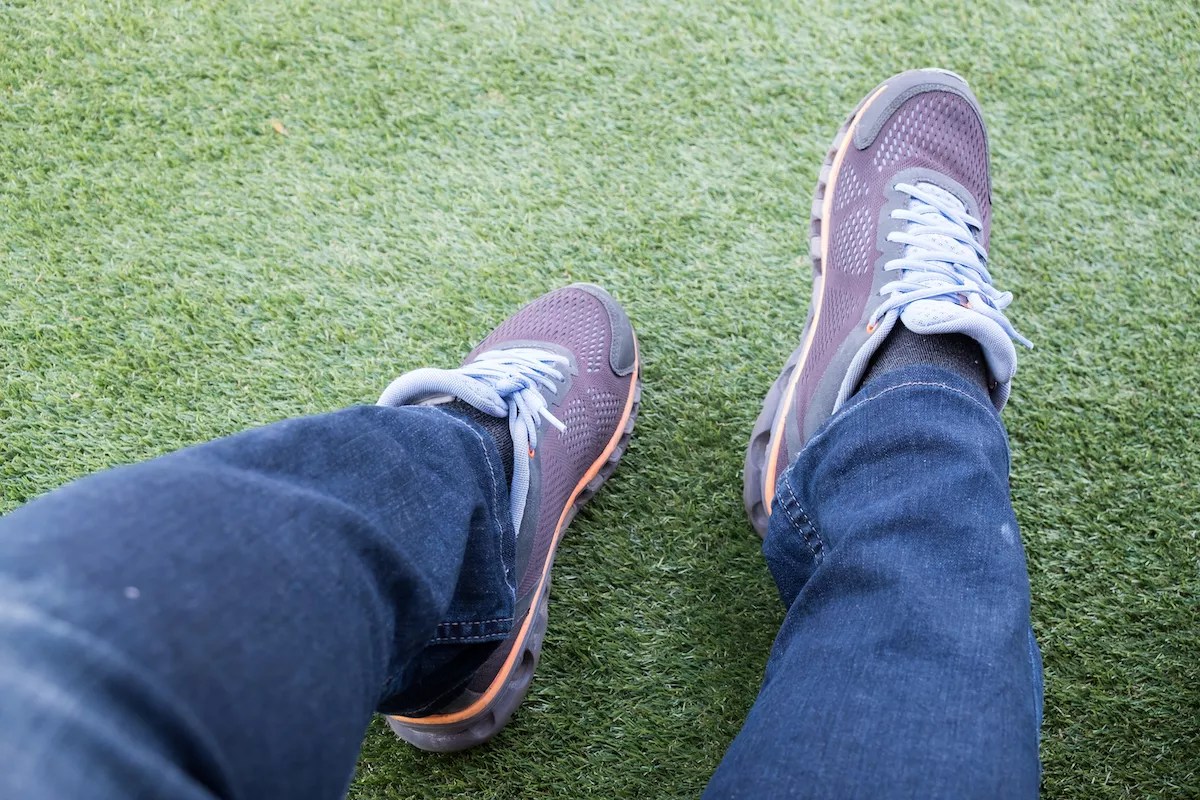
Photo by Nikonlike / iStock.com

Audio By Carbonatix
When Miami city officials decided to tear out grass along Brickell Avenue and replace it with artificial turf last fall, residents were not pleased. A days-long protest ensued, complete with “Save me! I will die soon” signs on trees the protesters said would be smothered by the fake sod.
Now, commissioners in notoriously code-happy Coral Gables are making sure that kind of turf war never happens in the City Beautiful. This week, they voted to require permits for artificial grass and to largely limit it to backyards or floors above ground level. The new rules apply to both residential and commercial buildings throughout the city.
The idea is about limiting the spread of turf – and keeping it out of sight.
“It doesn’t look great in the context of Coral Gables, which is about authenticity; it’s about
We’re thankful for you. Are you thankful for us?
We feel thankful for our staff and for the privilege of fulfilling our mission to be an unparalleled source of information and insight in Miami. We’re aiming to raise $30,000 by December 31, so we can continue covering what matters most to this community.
Help us continue giving back to Miami.
Miami’s fake grass debacle started in October when contractors suddenly glued artificial turf on the swale along Brickell Avenue between SE 15th and 25th Roads. Residents complained trees wouldn’t get the water and nutrients they need and that dog poop wouldn’t disintegrate. They said the city was being “
Mayor Francis Suarez initially defended the change, saying the swale looked “dramatically better.” But eventually, he surrendered and ordered the removal of the fake grass.
In Coral Gables, permits for fake grass may be issued for children’s playgrounds, recreational ball fields, rooftop gardens, or open joints in pavements. For residential areas, even backyard artificial turf comes with the requirement that it be hidden by a “buffer,” such as a fence or wall. Other locations will be allowed only if landscape options are limited by the
The new rules, which passed on second reading Tuesday, went into effect immediately.